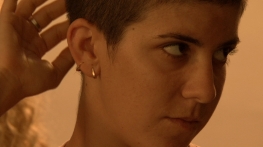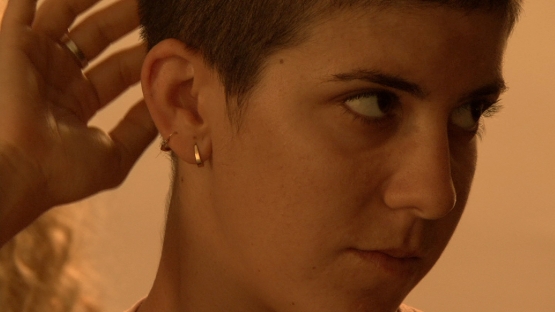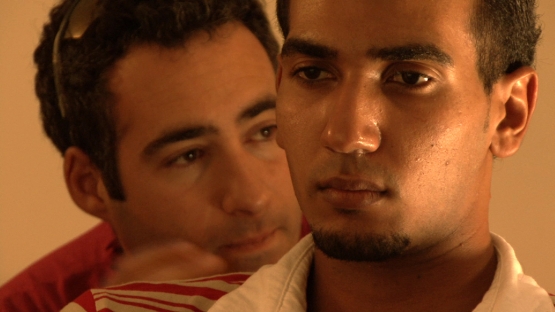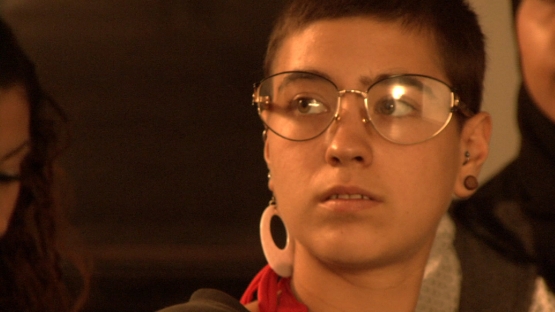“The heart has four chambers”. The phrase from Jean Rouch’s film La Pyramide Humaine (1959) is thrown back at the spectator by one of the participants in Filipa César’s video. Here, the anatomical meaning of the quote overlaps with another kind of anatomy that characterises the working process used by the artist in analysing La Pyramide Humaine, dissecting its fundamental questions, the method used, the actors and the point of view in order to spark off and record a dialogue between two groups of young people from different communities. During an artistic residency in Israel in 2007, Filipa Cesar recreated and re-contextualised that initial situation by bringing together Israeli cinema students (Hebrew and Arab) in order to see and discuss Rouch’s film.
The question “What is cinema?”, raised by one of the characters in Le Passeur (2008), also constitutes a central theme in The Four Chambered Heart and runs through the entire debate between the students, who reflect on the boundaries between fiction and documentary, reality and manipulation. The exchange quickly moves beyond Rouch’s film to include the social, cultural and racial tensions between Israel and Palestine and the relationship between Europe and the Middle East. At the end, the students/actors focus their discussion on the film in which they are participating. In wondering about the meaning of Filipa Cesar’s project, they throw the initial questions back at the artist and the spectator, who, in this process of expansion and transference, becomes part of the film itself.
An essential work in Filipa Cesar’s career, The Four Chambered Heart (2009) investigates the structure of cinematographic creation and eloquently reveals the subjectivity of individual interpretation, arising from a shared experience.
In setting up this work in the Multi-Purpose Room at MNAC – Museu do Chiado, a series of three photographs entitled La Pyramide Humaine (2009) is also being included. The Filipa César exhibition highlights the recent deposit of the photography and video section of the António Cachola Collection, whose pieces have significantly broadened and updated the range of works held by the museum, which now features key, previously unrepresented, figures from the Portuguese art scene of the past ten years.
Helena Barranha














